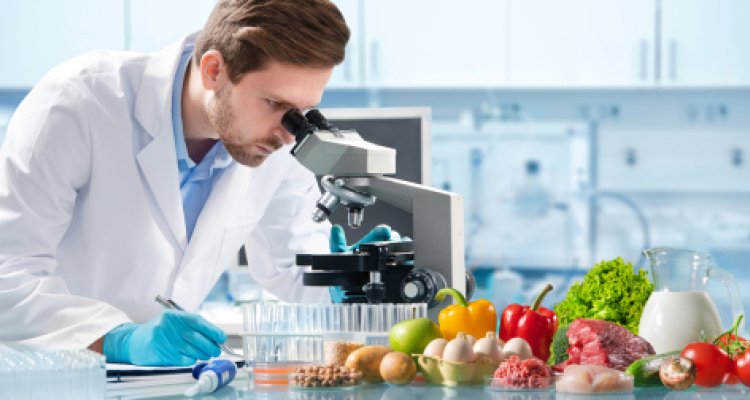
Project
Circular Urban Food Production, safe by design
EU regulations require EU member states to reduce nutrient losses before 2030. Reducing nutrient losses is only possible by reusing (bio)waste for food production, which could lead to the reintroduction of contaminants. This project will develop a safety-by-design approach to ensure food safety and regulatory compliance when reusing municipal (bio)waste.
According to the EU Green Deal ambitions, nutrient losses from the agrifood system (-50%), and the use of fertilizers in agrifood production (-20%) must be reduced by 2030. Member States have a binding obligation to recycle or prepare at least 60% of their municipal waste for reuse by 2030. Consequently, municipalities urgently need to increase the quality of waste separation, increase the volume of biowaste collection, and develop options for biowaste valorization. Many successful initiatives aim to convert biowastes into high-value products such as ethanol or platform chemicals, and for biogas production. However, these processes primarily use the CHO fraction, while the fraction containing the nutrients retains a ‘waste’ status that limits its application. Additionally, biowastes may be contaminated with pathogens, and in a full circular agrifood system, persistent organic and/or inorganic chemical contaminants may accumulate in soil or food. Hence, environmental and food safety must be included as one of the guiding principles for biowaste recycling.
In this project, general principles for the safe production of crops using biowaste as a source of nutrients, water, CO2, and energy will be developed. These principles are developed starting from a diverse range of biowaste streams so that the food safety by design principles will apply to an as broad as possible range of biowaste. We pursue a holistic approach by identifying critical checkpoints for food safety in the full biowaste-to-food production cycle and perform analyses to quantify potential hazards. Therefore, this study will look in detail at the legal aspects, logistic hurdles, and composition of different citizen and professional biowaste streams in terms of nutritional value and the presence of food safety risks in their processing and generated products.